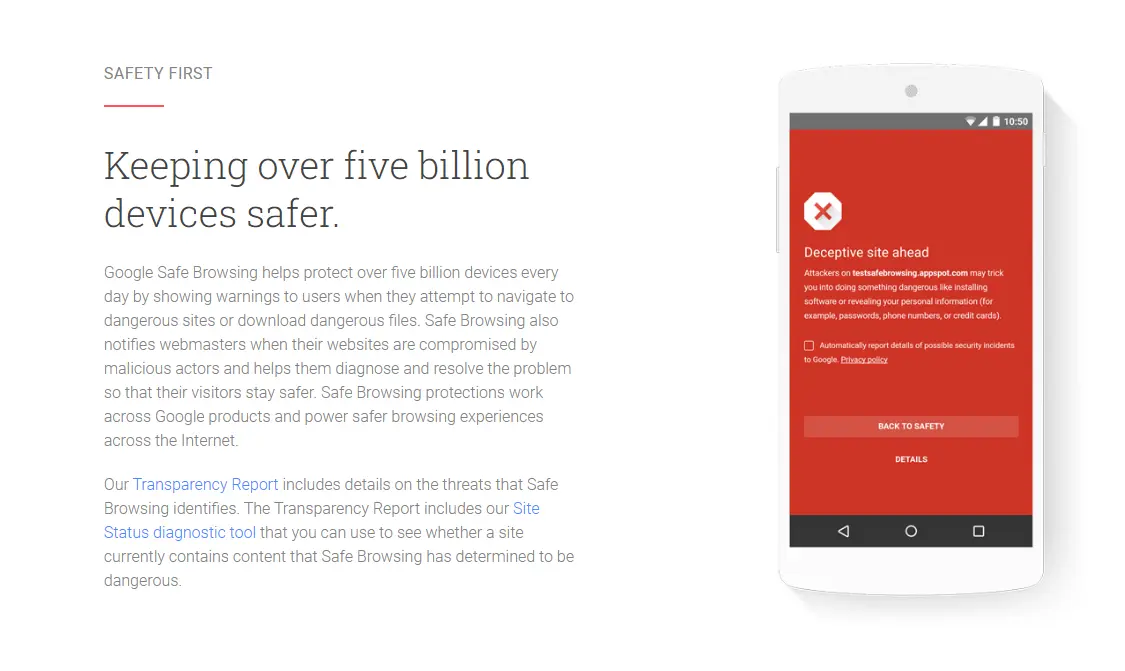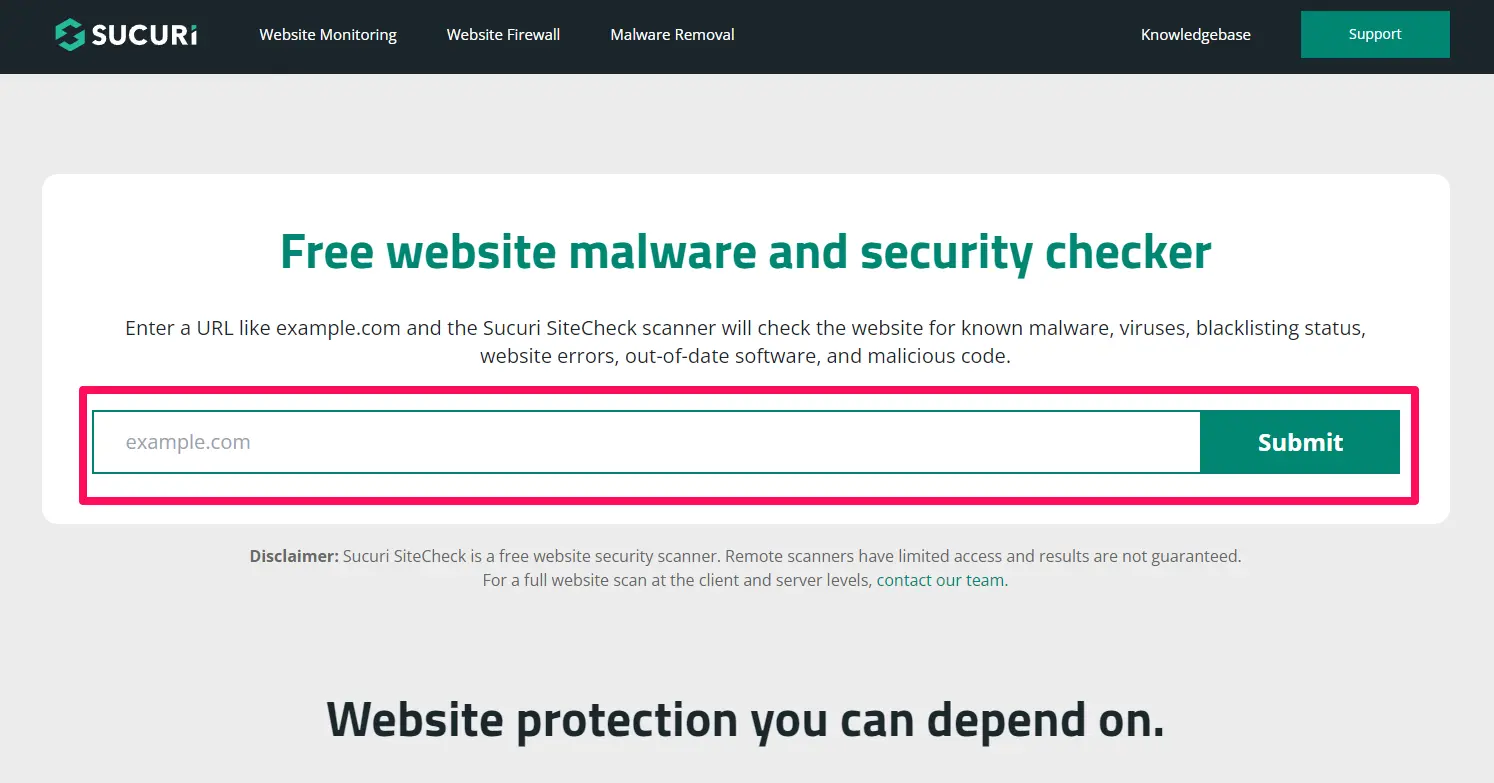In the digital age, where countless transactions and interactions happen online every day, knowing how to check if website is safe has become not just beneficial but indeed essential. With the prevalence of cyber threats such as phishing scams, malware, and fraudulent sites, ensuring the credibility and security of a website before engaging with it can protect you from potential harm.
This guide aims to arm you with the knowledge and tools needed to confidently assess website safety, providing peace of mind. Whether you are shopping, browsing, or sharing information online, understanding how to check if a website is safe is a crucial skill for navigating the internet securely.
Let’s jump in!
How to know if a website is safe: is it really a big deal?
Before anything else, it is important to establish the gravity of the issue at hand. Is website safety something that we need to be wary of, or is it just a small concern blown out of proportion?
The reality is that cyber criminals are constantly finding ways to exploit vulnerabilities in websites to steal personal information from unsuspecting users. It really only takes one click on a malicious link or one visit to a fraudulent website for your sensitive data to be compromised.
According to a recent report by AAG (a leading cyber security firm), an average of 1.4 million phishing sites are created every month. This translates to roughly 46,000 new unsafe websites every day, worldwide. This number speaks volumes about the importance of being proactive in checking the safety of a website before interacting with it.
The hallmarks of a trustworthy website
Now that we’ve established why website safety should not be taken lightly, let’s delve into the key indicators of a secure website. These characteristics can serve as your initial guide when deciding whether to proceed with using a particular site or not.
- Secure connection – A safe website should have an “https” at the beginning of its URL instead of just “http”, indicating that the site is secured by an SSL (Secure Sockets Layer) certificate. This encryption ensures that any data transmitted between your browser and the website’s server is protected from prying eyes.
- Privacy policy – A reputable website should have a clear and accessible privacy policy, stating how they collect, use, and protect your personal information. If a site does not have one, it could be a red flag that they are not prioritizing your privacy and security.
- Contact information – A trustworthy website should provide clear and valid contact information, including physical address and phone number. This adds to the credibility and legitimacy of the site.
- Trust seals – Look for trust seals or badges from reputable organizations such as Norton Secured, McAfee Secure, or TRUSTe. These seals indicate that the website has undergone and passed security assessments, ensuring its safety.
While not foolproof, these signs that website is safe should give you more confidence in engaging with it. However, keep in mind that these are just preliminary checks and there are still other factors to consider to verify website safety.
Tools to check website safety
Aside from the aforementioned strategies, there are various other tools available for assessing the safety of a website. You can think of it as a website safety checker, doing the work for you while providing a more in-depth analysis.
These tools provide more detailed and comprehensive information about a particular site’s security status. Some popular options include:
Google Safe Browsing
Google Safe Browsing is a service provided by Google that identifies unsafe websites and warns users before they visit them. It also provides webmasters with diagnostic reports to help them find and fix any potential threats on their sites.
This tool is already integrated into popular browsers such as Google Chrome, Safari, and Firefox, making it easily accessible for users.
Sucuri SiteCheck
Sucuri SiteCheck is a free online tool that scans websites for malware, blacklisting status, and out-of-date software. It also checks if the site is using an SSL certificate and provides information on its expiration date.
In terms of usage, Sucuri SiteCheck is straightforward and user-friendly, making it a popular choice for website owners and users alike. All you have to do is enter the site’s URL, and the tool will provide a detailed report on its safety status.
Norton Safe Web
Norton Safe Web is a service provided by NortonLifeLock (formerly known as Symantec) that analyzes websites’ safety and security. It uses advanced algorithms to scan websites for malware, phishing scams, and other threats.
One of the key benefits of using Norton Safe Web is its extensive database of reported sites, making it an excellent resource for checking a website’s reputation. Similar to Sucuri, you can simply enter the URL of the site, and Norton Safe Web will generate a report on its safety status.
How to know if a link is safe?
Apart from checking the safety of a website as a whole, it is also crucial to verify whether individual links are safe. Cyber attackers often use deceptive tactics such as hiding malicious links behind seemingly harmless ones.
So how can you ensure that a link is safe before clicking on it?
- Hover over the link – Before clicking on a link, hover your cursor over it to see the URL. If it looks suspicious or different from what is displayed on the screen, do not click on it.
- Use a link checker – Similar to website safety tools, there are also link checking tools available that can scan individual links for any potential threats. One good example is Psafe (a digital security company), which provides a free link checker service.

- Avoid shortened links – Be cautious of clicking on shortened links, especially from unknown sources. These are often used by cyber criminals to obscure the actual destination of the link.
If you want to check website safety, links should also be a part of your assessment process. By being vigilant and following these simple steps, you can reduce the risk of falling victim to phishing attacks or other online threats.
How to check if a website is safe to buy from?
What about online shopping sites? How to “check if a website is safe to purchase from? When it comes to online shopping, ensuring the safety of a website is crucial, as you will be providing sensitive information such as your credit card details.
Here are some additional measures you can use to check if a website is safe to buy from:
- Look for secure payment methods – Reliable and reputable e-commerce sites should offer secure payment options such as PayPal or usie a secure payment gateway. These methods add an extra layer of security to your transactions.
- Read reviews and ratings – In addition to checking the website’s safety measures, it is also essential to read reviews and ratings from other customers who have bought from the site. This can provide insights into the reliability and quality of their products and services.
- Research the company – Do a quick search on the company and see if they have any red flags or negative reviews. It is also helpful to check their social media accounts for any recent updates or customer feedback.
Take website safety to the next level with a VPN
As you’ve seen, checking a website is essential for protecting your privacy and security while browsing online. However, if you want to take it a step further, using a Virtual Private Network (VPN) can provide an added layer of protection.
A VPN encrypts your internet connection, making it more difficult for cyber criminals to intercept your sensitive information. It also allows you to change your IP address, making it more challenging for websites to track your online activities. So even if you accidentally visit a malicious website, your data will still be secure.
What’s more is that many reputable VPNs these days are fairly easy to use and require no technical knowledge. Take ClearVPN for example: a user-friendly VPN that offers customizable security levels and is suitable for both beginners and advanced users.
All you have to do is install and run the ClearVPN app on your device (Windows, macOS, iOS or Android).
Just in one click, you will be connected to the optimal location. That’s all there is to it! As long as you’re connected to ClearVPN, all your online activities will be secure and anonymous.
Note that the exact process will differ on other VPN service providers, but the general concept should remain the same. With a reliable VPN, you need not worry about the safety of websites you visit.
FAQs
How do I safely check a website link?
To safely check a website link, you can hover over the link to ensure it matches the displayed URL. You can also use link-checking tools or avoid clicking on shortened links from unknown sources.
Can fake websites use HTTPS?
Yes, fake websites can use HTTPS (Hypertext Transfer Protocol Secure) to create the illusion of being a legitimate and secure site. That’s why it’s essential to check for other safety measures and not solely rely on HTTPS.
